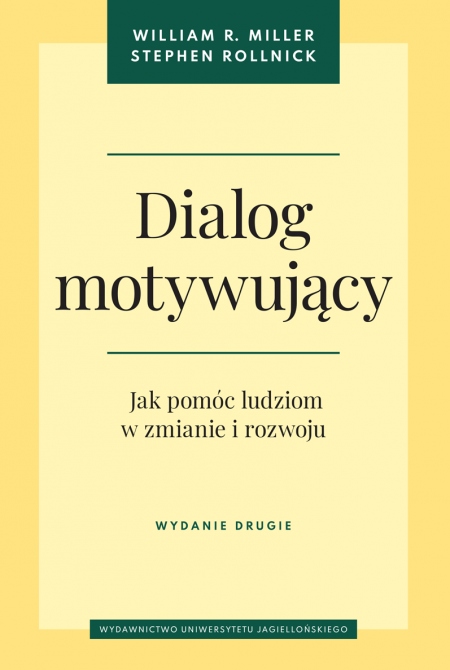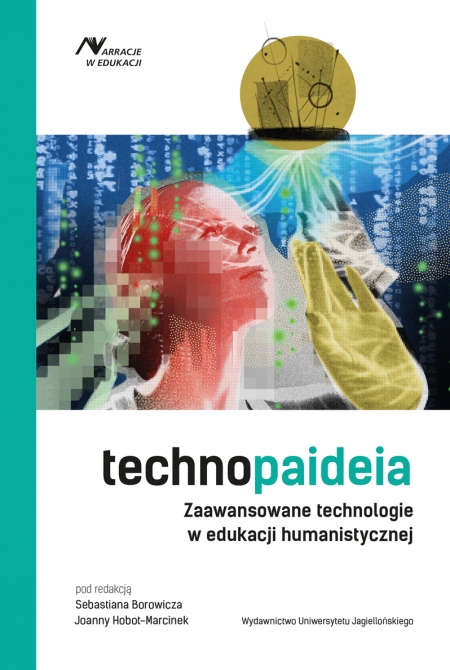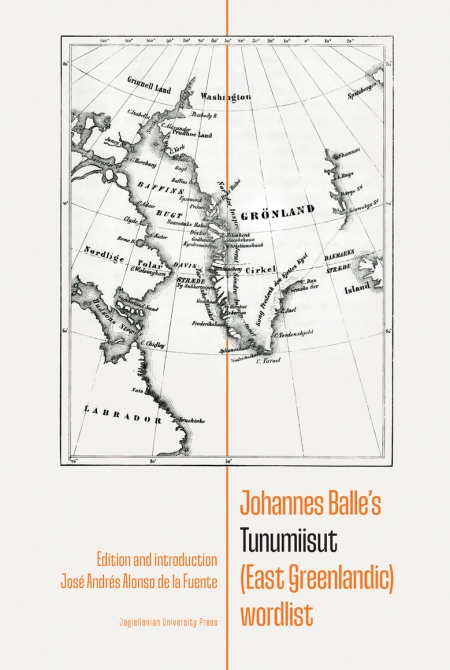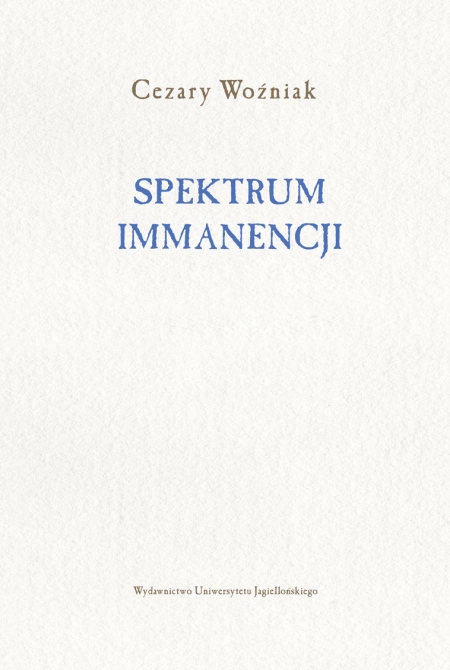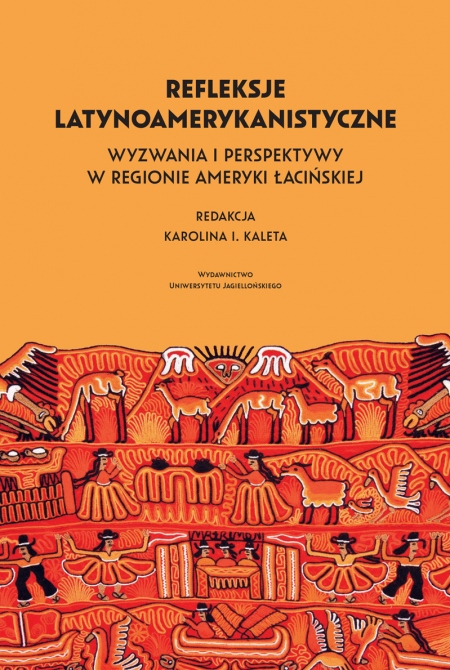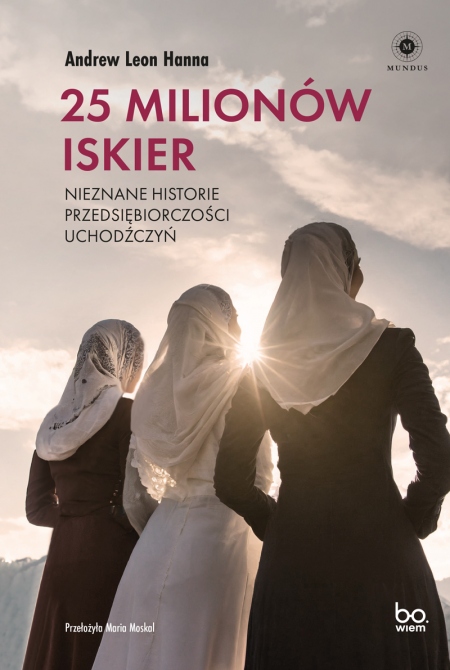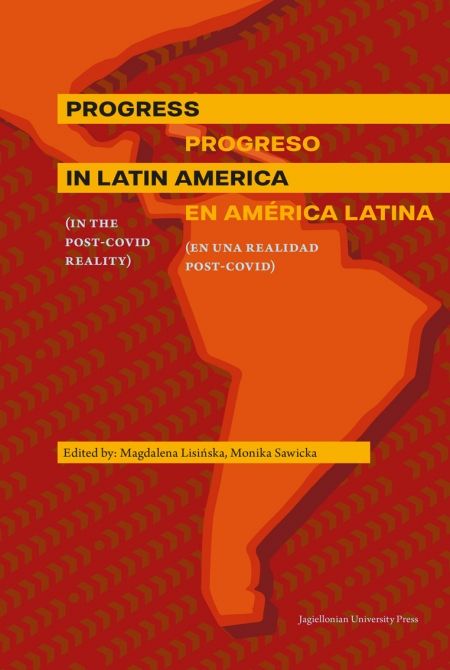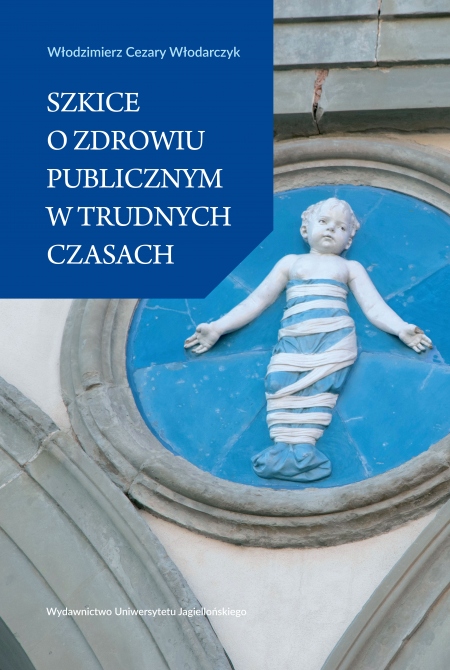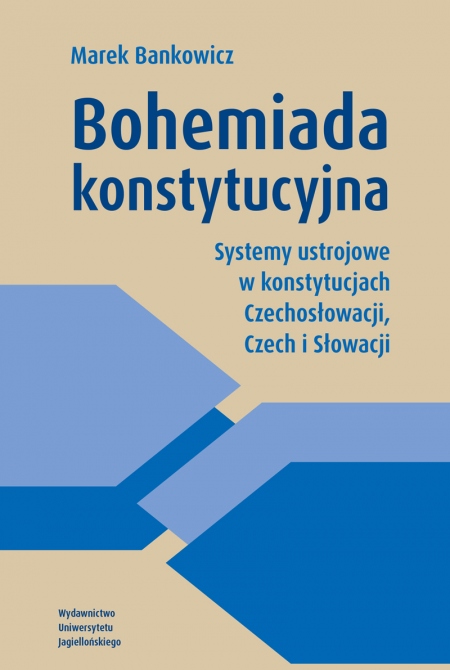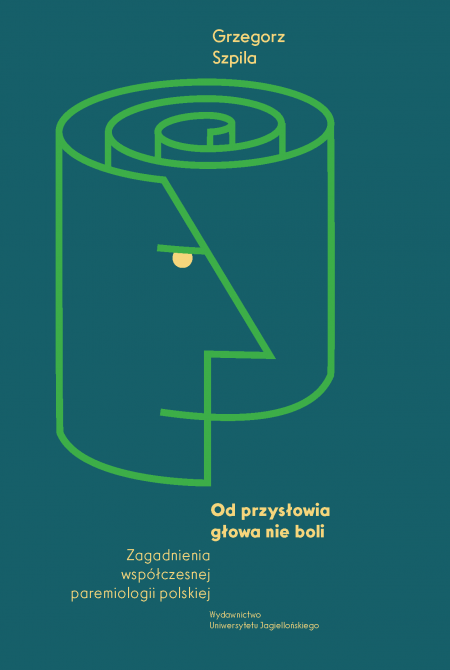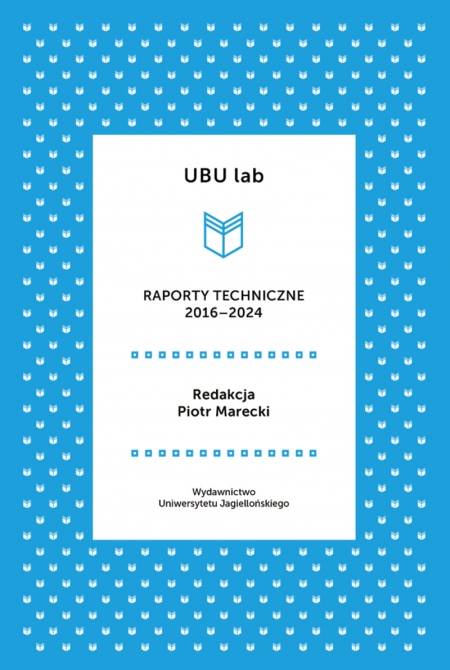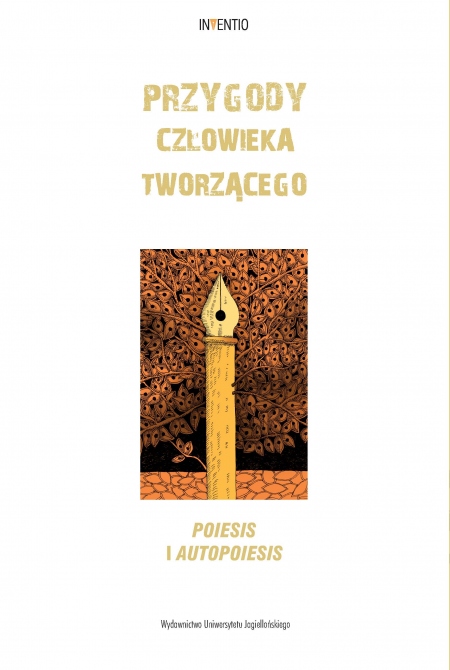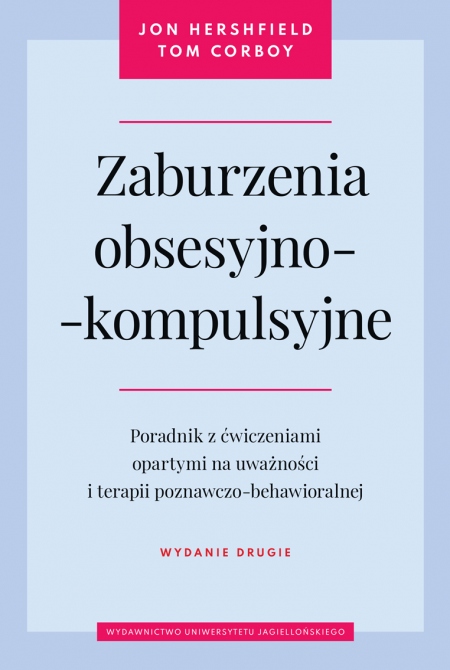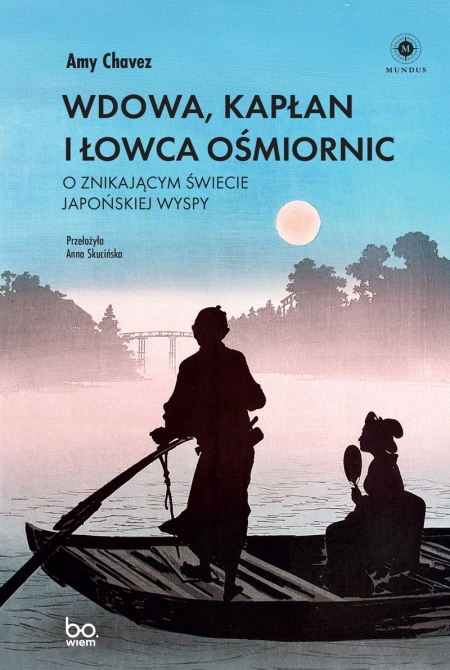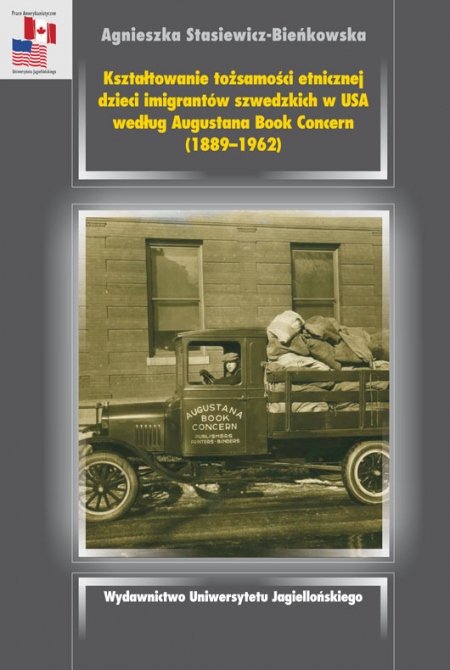
Kształtowanie tożsamości etnicznej dzieci imigrantów szwedzkich w USA
według Augustana Book Concern (1889-1962)
Series: Prace Amerykanistyczne
Pages: 244
Book format: 16,5x23,5 cm
Publication date: 2011
Publication date: 01.03.2012
Book description
The focus of this book is the strategy of constructing and maintaining ethnic identity of immigrant children, with the foremost interest in the activities of the Swedish-American publishing house Augustana Book Concern within the years 1889 – 1962. Between 1850 and 1930 1.3 million Swedes emigrated to the USA where they established a well-organized community called Swedish America. With the increase in their number and the development of ethnic organizations, the question of ethnic identity emerged. It became especially pressing when new generations started growing up and looking for their own, unique space – both within their ethnic group and American society.
Like other adolescents from immigrant communities, young Swedish Americans had a complex cultural background. Their ethnicity could rarely be based on personal relations and memories from the old homeland, as it often was for their parents and grandparents. Deprived of these direct connections and exposed to many alternative systems of values within the multicultural America, young people frequently experienced difficulties defining their identity. As a result, they tended to question the worldview of their elders and tested the boundaries of their ethnic community. This situation made the process of transferring ethnicity onto next generations both an urgent need and a serious challenge.
Among the answers given to this dilemma by different Swedish-American fractions, the notion of the Lutheran Augustana Synod achieved the dominant position. At that time Augustana was the most powerful institution of Swedish America. As early as in the 1890s its leaders began to develop a carefully-designed conception of Swedish Americanism. Aware of the significance of a written word as the mediator of identity models, they put a strong emphasis on the publishing activities, prioritizing materials for children and youth. Working under the Synod’s auspices for over seventy years, the Lutheran publishing house Augustana Book Concern became the unquestionable leader of the Swedish-American literary market. From 1889 to 1962 it provided the young generations with a broad and diverse reading material, including fiction and non-fiction books and various periodicals for every age group.
This book examines the shape and the character of the Augustana identity model offered to young generations. The study is based on the analysis of the stories, articles and illustrations published in the most popular ABC periodicals printed between 1889 and 1920. It also includes a number of fiction books – both Swedish and Swedish-American, as well as Augustana reports, catalogues and jubilee books. Additionally, stories derived from the ABC English-language publications, printed mostly after 1920, are used as a comparison and an illustration of the directions of the later development of the ABC identity patterns.
Like other adolescents from immigrant communities, young Swedish Americans had a complex cultural background. Their ethnicity could rarely be based on personal relations and memories from the old homeland, as it often was for their parents and grandparents. Deprived of these direct connections and exposed to many alternative systems of values within the multicultural America, young people frequently experienced difficulties defining their identity. As a result, they tended to question the worldview of their elders and tested the boundaries of their ethnic community. This situation made the process of transferring ethnicity onto next generations both an urgent need and a serious challenge.
Among the answers given to this dilemma by different Swedish-American fractions, the notion of the Lutheran Augustana Synod achieved the dominant position. At that time Augustana was the most powerful institution of Swedish America. As early as in the 1890s its leaders began to develop a carefully-designed conception of Swedish Americanism. Aware of the significance of a written word as the mediator of identity models, they put a strong emphasis on the publishing activities, prioritizing materials for children and youth. Working under the Synod’s auspices for over seventy years, the Lutheran publishing house Augustana Book Concern became the unquestionable leader of the Swedish-American literary market. From 1889 to 1962 it provided the young generations with a broad and diverse reading material, including fiction and non-fiction books and various periodicals for every age group.
This book examines the shape and the character of the Augustana identity model offered to young generations. The study is based on the analysis of the stories, articles and illustrations published in the most popular ABC periodicals printed between 1889 and 1920. It also includes a number of fiction books – both Swedish and Swedish-American, as well as Augustana reports, catalogues and jubilee books. Additionally, stories derived from the ABC English-language publications, printed mostly after 1920, are used as a comparison and an illustration of the directions of the later development of the ABC identity patterns.
ISBN: 978-83-233-3265-7
e-ISBN (pdf): 978-83-233-8423-6
Country of producer: Poland
RECOMMENDED BOOKS
NEW BOOKS

Kształtowanie tożsamości etnicznej dzieci imigrantów szwedzkich w USA
według Augustana Book Concern (1889-1962)
Kształtowanie tożsamości etnicznej dzieci imigrantów szwedzkich w USA
według Augustana Book Concern (1889-1962)
Choose chapters to buy:
Order value:
0.00 zł



